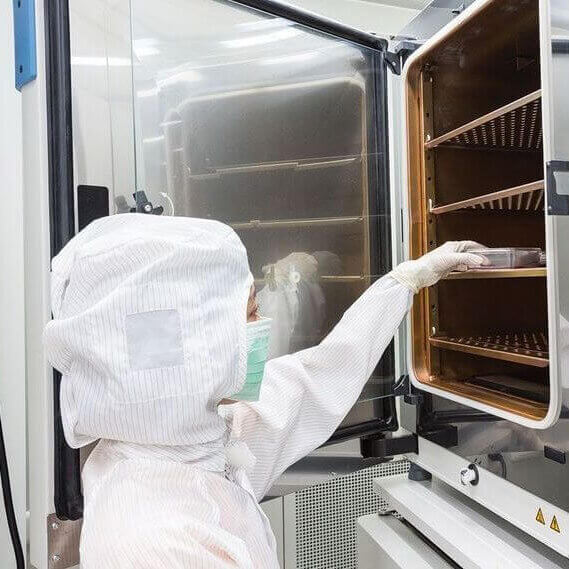
In nowadays 39;s world, the grandness of maintaining optimum indoor air timber cannot be overdone, and carbon (CO2) monitors play a material role in achieving this goal ppm monitor. These devices are premeditated to quantify the concentration of CO2 in the air, providing valuable insights into interior air timbre levels. Elevated CO2 levels can indicate deficient ventilating system, which can lead to discomfort, remittent cognitive function, and potentially adverse health personal effects over time.
CO2 monitors are particularly essential in environments where occupants pass significant amounts of time, such as offices, schools, hospitals, and human action buildings. Human activities such as breathing, warming, and the use of certain appliances contribute to CO2 buildup indoors. Without operational monitoring and management, interior air quality can devolve, impacting the health and well-being of occupants.
The surgery of CO2 monitors relies on advanced sensors that observe and quantify CO2 concentrations accurately. These sensors are graduated to ply real-time data, enabling edifice managers and occupants to take proactive measures to ameliorate air quality. By monitoring CO2 levels continuously, these devices help in adjusting ventilation systems, increasing recently air , and maintaining CO2 levels within advisable limits.
From a regulatory stand, CO2 monitoring is often mandated to ascertain submission with health and refuge standards in workplaces and world buildings. Organizations like OSHA set guidelines on tolerable CO2 exposure levels to protect workers from the potentiality wellness risks associated with poor interior air tone. In acquisition institutions and healthcare facilities, maintaining best CO2 levels is crucial for creating environments tributary to scholarship, productiveness, and patient retrieval.
Recent advancements in CO2 monitoring engineering science have led to the development of more sophisticated monitors with increased features. Modern CO2 monitors not only measure CO2 concentrations but also offer functionalities such as data logging, real-time alerts, and integration with building mechanization systems(BAS). Some models can even cater radio for remote control monitoring and direction, qualification them appropriate for use in different building environments.
The integration of CO2 monitors with BAS contributes to energy efficiency by optimizing ventilation system and HVAC systems supported on real-time CO2 measurements. By adjusting ventilation rates according to tenancy and CO2 levels, these devices help tighten vitality expenditure associated with warming, cooling, and ventilation system, thus lowering operational and support sustainability efforts.
Beyond regulative compliance and vim , CO2 monitors also contribute to resident console and well-being. By ensuring best indoor air quality, these devices make fitter and more successful environments. Studies have shown that maintaining specific CO2 levels can enhance psychological feature go, , and overall productivity among edifice occupants, underscoring the broader benefits of indoor air tone direction.
In ending, carbon monitors play a life-sustaining role in safeguarding interior environments by monitoring CO2 levels and ensuring optimal indoor air tone. These not only help extenuate health risks associated with poor air timber but also put up to energy and sustainability in buildings. As applied science continues to evolve, CO2 monitors are expected to become more high-tech, offering enhanced capabilities for monitoring, managing, and improving indoor air quality. Whether in commercial buildings, acquisition institutions, health care facilities, or residential settings, CO2 monitors remain obligatory tools for creating fitter, safer, and more effective interior environments.
